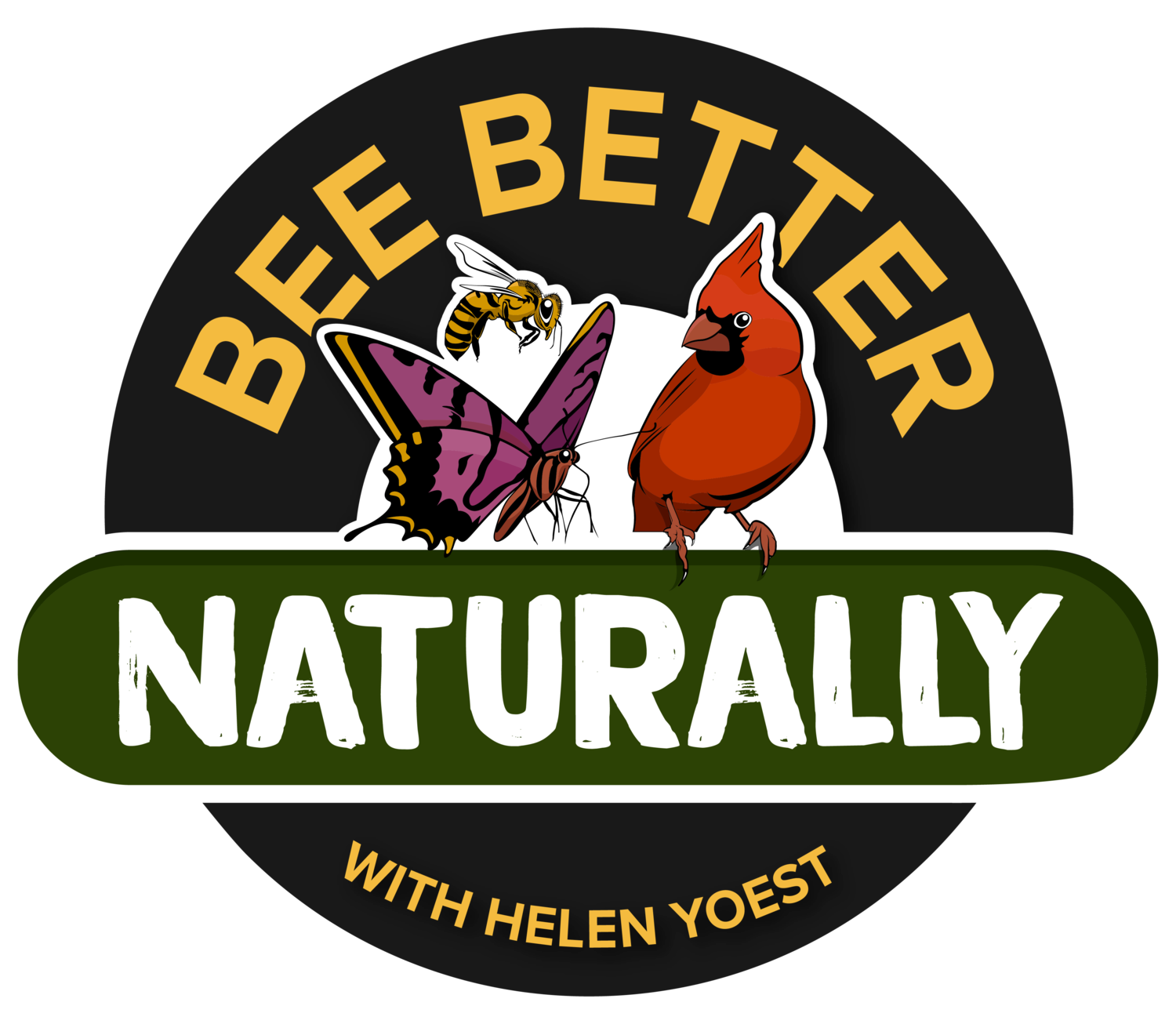FOOD FOREST:
‘Honey Crisp’ apple—Malus domestica ‘Honey Crisp’—Moved from south-side whiskey barrel to newly revised front Red Bed, which is now called The Food Forest. Acquired in 2015. No fruit yet, but it was young when purchased. Culture information —Link
‘North Sentinel’ apple—Malus pumila ‘North Sentinel’—Moved from the Mixed Border to the Rock Garden. Acquired in 2013. She fruited within two years. Funny to see such big fruit on such a small plant. It was tasty. I move this apple in 2017, so I’ll have to see how it does this year. Culture information —Link
‘Transcendent’ crabapple —Malus domestica ‘Transcendent’. ‘Transcendent was an apple highly recommend by J. C. Raulston. While a crabapple, it is a large fruit, almost as big as a ‘Gala’. The flavor is an old fashioned taste, that reminds you of a pure apple taste. Acquired in 2013. Fruited the third year. Culture information —Link
Banana—Musa basjoo. Culture information—I took this patch down. 2022 While they don’t spread fast, they did spread beyond what I was willing to maintain each year given what I got in return. They looked awesome, though!
Blueberries—Vaccinium ashei ‘‘Climax’, Premier’, ‘Powder Blue’, Titan, and Tifblue.
Cherry—Prunus avium ‘Stella’. I have yet to get fruit. I’m not sure why, the tree is about ten years old.
Chokeberry—Aronia melanocarpa Posted on December 9, 2022
Chokecherry—Prunus virginiana
Cornelian cherry—Cornus Mas
Dogwood—Cornus kousa
Brown Turkey Fig
Fig — Ficus carica ‘Brown Turkey’, Ficus carica ‘LSU Purple’, & F. carica ‘Celeste’.
Guava ‘Pineapple’—Acca sellowiana syn. Feijoa sellowiana
Goji Berry—Lyceum barbarum
Goumi Berry—Elaeagnus multiflora
Grapes—’Catawba’ and Muscadines—Vitis rotundifolia. This past lockdown, I built better arbors.
Kiwi, Hardy—Actinidia arguta—still has not fruited
Loquat, Eriobotrya japonica—Every year beautiful flowers, but no fruit. Click through to see why!
Passion Vine, edible—Passiflora edulis.
Pawpaw—Asimina triloba
Pear, Kieffer—Pyrus communis x P. pyrifolia
Pear, Asian—Pyrus pyrifolia
Persimmon, Japanese —Diospyros kaki ‘Fuyu’—
Plum ‘Santa Rosa’—Prunus salicina ‘Santa Rosa’
Plum Prunus ‘ Corinthian’ from Denny Werner. Small fruit, but very tasty, extremely tasty!
Quince—Cydonia oblonga ‘Pineapple’
Raspberries—Ever-bearing, Rubus idaeus, ever-bearing, Rubus idaeus—probably ‘Southland’
Serviceberry—Amelanchier × grandiflora ‘Autumn Brilliance’
Strawberries—Fragaria × ananassa
HERBS:
Basil, Ocimum basilicum. As an edible, don’t let your basil go to seed or even flower. The stems become woody, and the leaves lose their flavor. Prune basil regularly. However, having said that, as a wildlife plant, let them go to flower! The bees love this! You can do a little of both!
Bronze fennel, Foeniculum vulgare 'Purpureum,
Dill, Anethum graveolens
Mint, Mentha
Parley, Petroselinum crispum
Rue, Ruta graveolens
Thyme, Thymus vulgaris
Oregano, Origanum vulgare
Rose, Rosa spp.
Rosemary, Salvia rosmarinus, formally Rosmarinus officinalis
Lavender, Lavandula intermedia 'Phenomenal' PP24193) is a French hybrid lavender notable for its outstanding cold hardiness and tolerance to heat and high humidity. The plants grow into a beautiful mounded shape, with purple flowers on tall stems in mid-summer.
Harvest lavender blooms before it gets too hot. The lavender flowers are at their peak when the bottom of the bloom is just opening. Cut the stem down to the foliage. Gather the stems and tie them together. Suspend upside down in a hot, dry, dark location, such as an attic.. Within 10 to 14 days, the lavender will be ready to use.
VEGTABLES:
Thinking ahead. Harvest vegetables as needed. Most of what’s growing in your vegetable garden are annuals–tomatoes, beens, peppers, etc. Soon, they’ll soon be looking a little wrung out. As plants end their production cycle, remove them from the garden; otherwise, they may attract insects and disease to the plants that are still productive. At this time, we have no veggies ready for harvest.
Cucumber, Cucumis sativus
Cantaloupe, Cucumis melo var. cantalupensis Aster, my son, picked this one out.
Squash, Cucurbita A gift from my friend Abby and flowering but no fruit yet.
Tomatoes, Solanum lycopersicum ‘Mortgage Lifter’,
Harvest tomatoes when they are ripe. There is nothing better than sinking your teeth into a ripe tomato, warmed from the summer sun.
Didn’t plant tomatoes? Visit your local farmers market for a selection of fresh, field-grown varieties.
Did you know you can plant a second (or first) crop of tomatoes now? Yes, you will have tomatoes through first frost!
In your home garden, keep an eye out for early blight. Blight is a fungal disease that will cause spots to develop on the foliage. The leaves begin to yellow and then drop. Pinch off foliage at first indication. If too severe, there are several fungicides that can be used to reduce the symptoms.
This from Craig LeHoullier: “There are two types of common fungus, Alternaria (early blight) and Septoria cause leaf splotching, with brown spots or lesions, sometimes showing yellowing as well….it can splash up onto lower foliage – so mulching is important to delay this inevitable occurrence, especially where its really muggy and hot. Even with mulching, it does start low and move up the plant–removing blemished foliage slows the progression, and the plants continue with top growth to keep them going. I examine my plants and remove the blemished foliage every few days. Check this resource for common (and uncommon) tomato issues – it is really useful.”
We have a bumper crop of tomatoes right now. Loving them! Yet, I still haven’t had a BLT. I need to fix that soon! Click HERE to learn five common tomato myths from my friend, Joe L’ampl’
MUSHROOMS:
Working on a piece for Triangle Gardener on growing oyster mushrooms at home.

